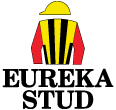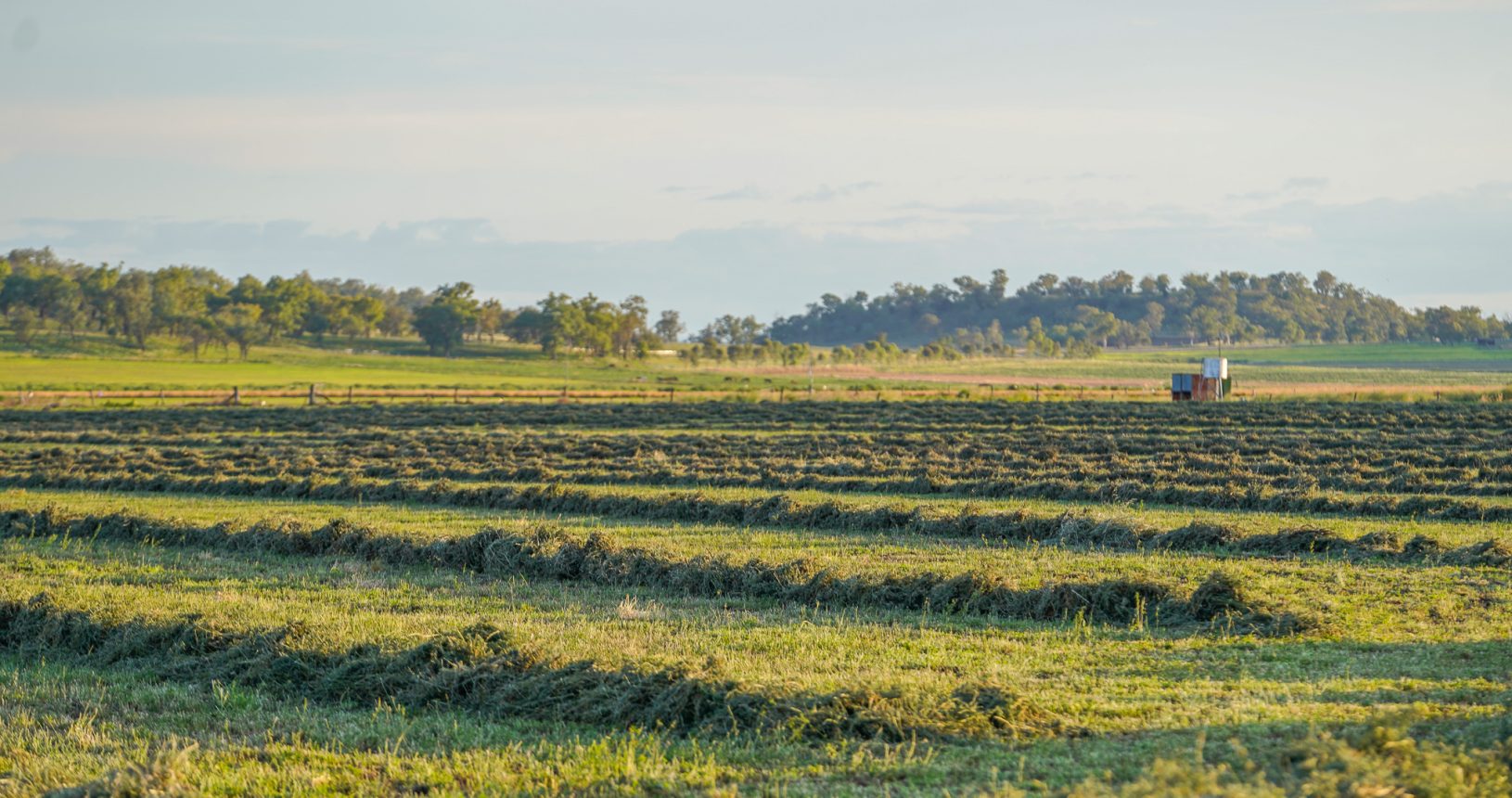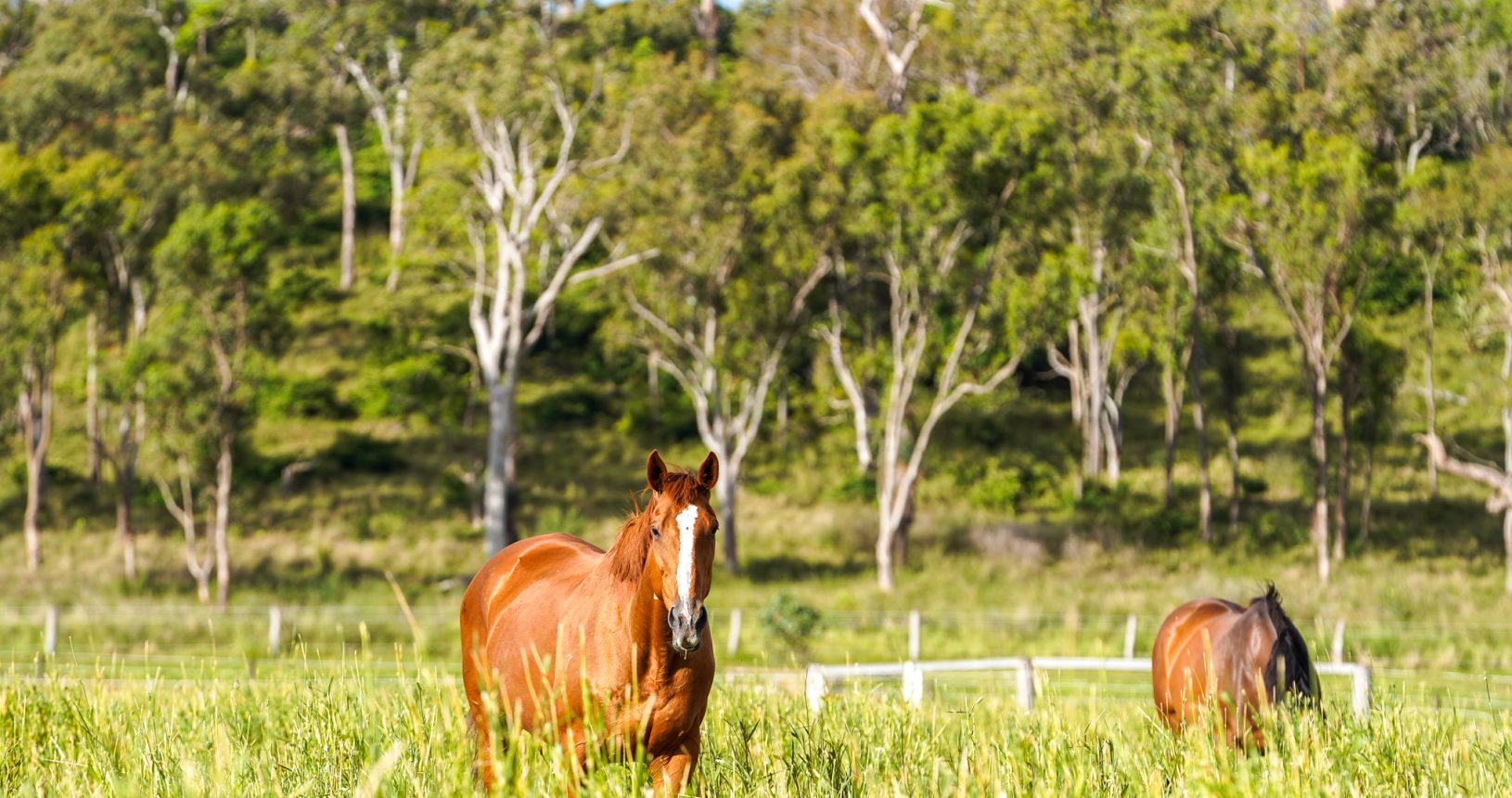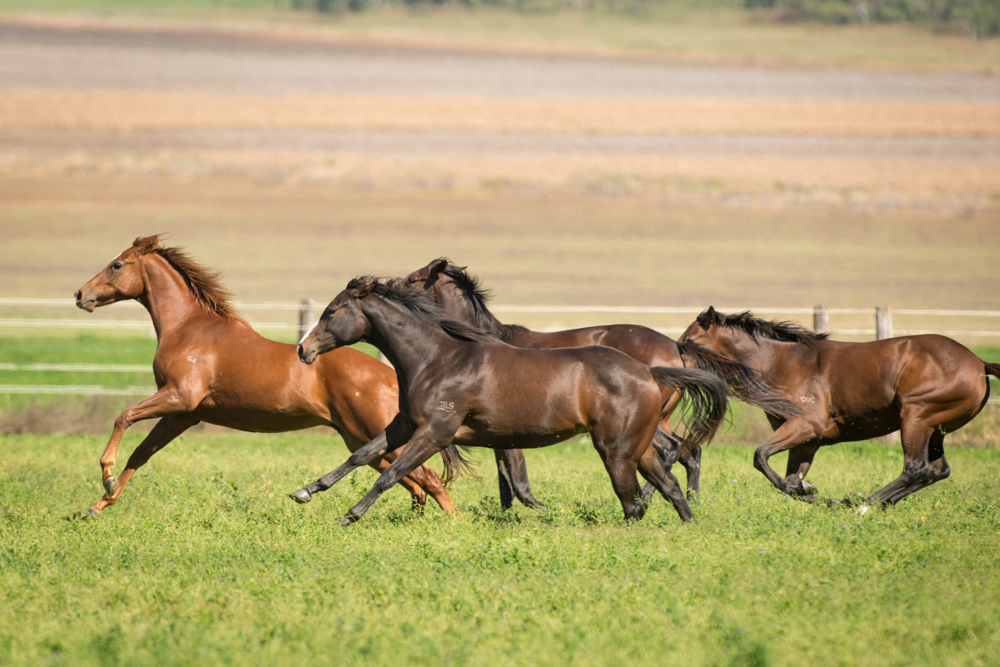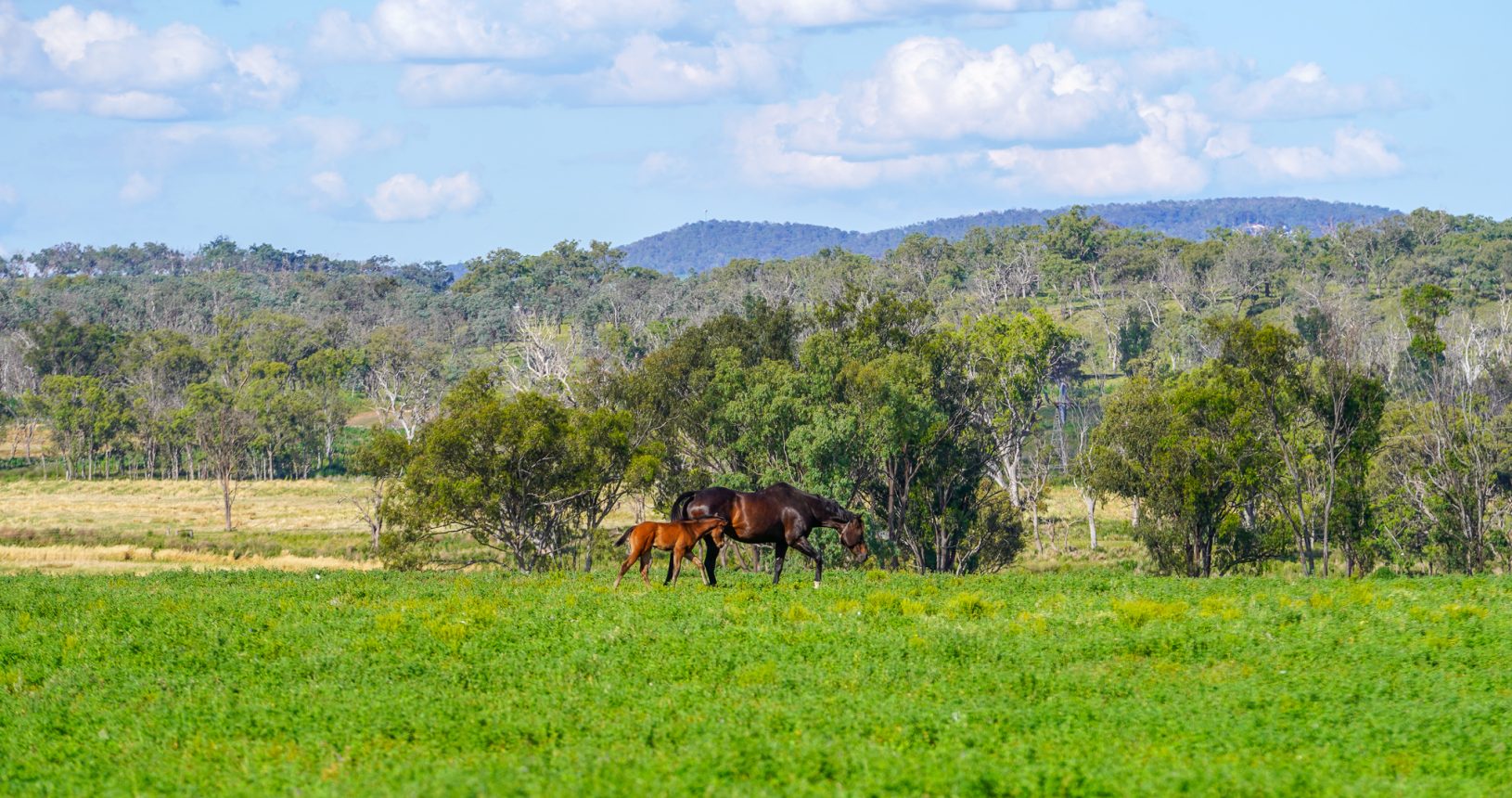EUREKA STUD
Our Success
Thoroughbred Development
Horse development methods used at Eureka start from the beginning of a mares pregnancy. We believe there are three major factors that are paramount to the successful development of a horse.
Feed and Nutrition
Horses need to receive all the nutrients they require to grow out to their full potential. Eureka is fortunate to be located in one of the most fertile areas of Australia with deep rich black soils and excellent underground water. With irrigated creek flat paddocks dedicated to producing permanent lucerne hay, the farm is self sufficient of the highest quality fodder. With the grazing paddocks made up of sown cereal crop pastures and natural grasses along with recieving specially a formulated pellet created by our nutritional consultant, we ensure that the horse is receiving everything they need.
Exercise
Eureka's paddocks are large and foals are exposed to these early enough so that they can grow out naturally as nature intended. Ensuring that there is plenty of space for growing horses to stretch their legs is important for them to get the excercise needed to physically develop the best they can.
We also exercise all yearlings off a pony and lead them for approximately three kilometers per day while they are in yearling preperation. In addition to this they are hand walked every day, and by putting this grounding into their routine we are helping develop each individual to their athletic potential.
Psychology of Horses
Thirdly, what we believe is another important element, is the psychology of horses. Horses all have their own personallity and especially weanlings can be susceptible to stress which inhibits their confidence and development. The dynamic of living in a herd always produces a hierarchy of bullies down to the bullied, so this is monitored with paddock rearrangements to ensure horses can grow out in the best social environment possible.
